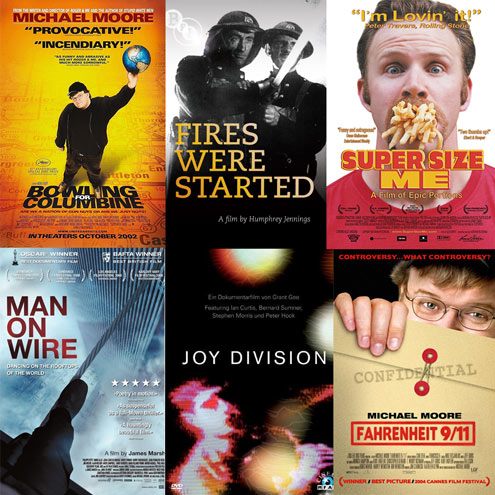Below is a list of conventions applied to Documentary film making – it must be remembered that not all conventions apply to all film texts:
- Hand held Camera - encoding realism and ‘truth’
- Narrative Voice Over - leading the audience into a preferred reading
- Vox Pops and Interviews with experts / witnesses / participants
- Often a shorter running time than non-fiction feature films
- Intercutting / Parallel Editing linking key scenes
- Use of Archive footage to support filmed scenes
- Surveillance (information) decoded by audience (e.g. about McDonalds in Supersize Me)
- Mediated culture – documentaries select and construct, thus encoding opinion and subjectivity
- Selective editing crucial to constructing meaning
- Often point of view with encoded ideology, preferred meaning
- Use of Establishing Shot and Close Up
- Observational, Interactive, Reflexive, Expository in format
- 3 act structure, closed investigative narrative
- Often single stranded, linear – one subject is often the topic
- Exploration of narrative themes, messages and values
- Different purposes – to entertain, inform, educate, satirise, shock, satisfy, provide voyeuristic pleasure and for propaganda purposes (see Triumph of the Wild and Crown Film Unit documentaries – Fires Were Started, Britain Can Take It)
- Characters are often hyper real, exaggerated stereotypes e.g. Charlton Heston and Michael Moore himself in Bowling for Columbine
- Audience…
